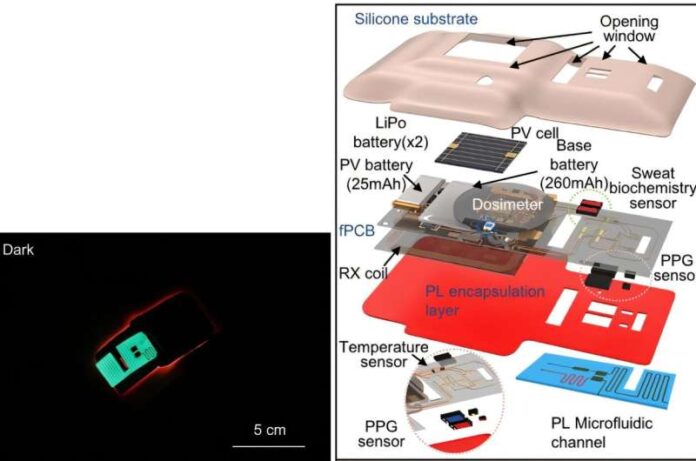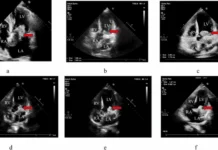The miniaturization and weight reduction of medical wearable devices for continuous health monitoring, such as heart rate, blood oxygen saturation, and sweat component analysis, remain significant problems. Optical sensors, in particular, require large batteries due to their high power consumption for LED lighting and wireless transmission.
To address these restrictions, KAIST researchers created a next-generation wearable platform. That supports 24-hour continuous measurement by utilizing ambient light as an energy source. And improving power management based on the power environment.
Professor Kyeongha Kwon’s team from the School of Electrical Engineering collaborated with Dr. Chanho Park’s team at Northwestern University in the United States. They created an adaptive wireless wearable platform that minimizes battery burden by exploiting ambient light.
The study is published in Nature Communications, and Do Yun Park, a PhD student in the AI Semiconductor Graduate Program, is co-first author.
To address the battery issue with medical wearable devices. Professor Kwon’s research team created a novel platform that uses ambient natural light as an energy source. This platform brings together three complimentary light energy technologies.
Photometric Technology
The Photometric Method, the first core technology, is a system that automatically adjusts LED brightness based on the strength of the ambient light source. By blending ambient natural light with LED light to maintain a constant total illumination level. It automatically dims the LED when natural light is high and brightens it when natural light is low.
Unlike older sensors, which had to keep the LED on at a constant brightness regardless of the environment. This technology optimizes LED power in real time based on the surrounding environment. Experimental results indicated that it lowered power usage by up to 86.22% under optimal lighting conditions.
The second is the Photovoltaic Method, which employs high-efficiency multijunction solar cells. This goes beyond simple solar power generation, converting light from both indoor and outdoor situations into electricity.
The study team tested this platform on a variety of medical sensors to ensure its usefulness. The photoplethysmography sensor measures heart rate and blood oxygen saturation in real time, enabling for early identification of cardiovascular disorders.
The blue light dosimeter precisely measures blue light, which causes skin aging and damage, and offers personalised skin protection advice. The sweat analysis sensor use microfluidic technology to simultaneously assess salt, glucose, and pH in sweat. Thereby, allowing real-time detection of dehydration and electrolyte imbalances.
Professor Kwon stated:
This technology will enable 24-hour continuous health monitoring, shifting the medical paradigm from treatment-centered to prevention-centered. Cost savings through early diagnosis as well as strengthened technological competitiveness in the next-generation wearable health care market are anticipated.”




